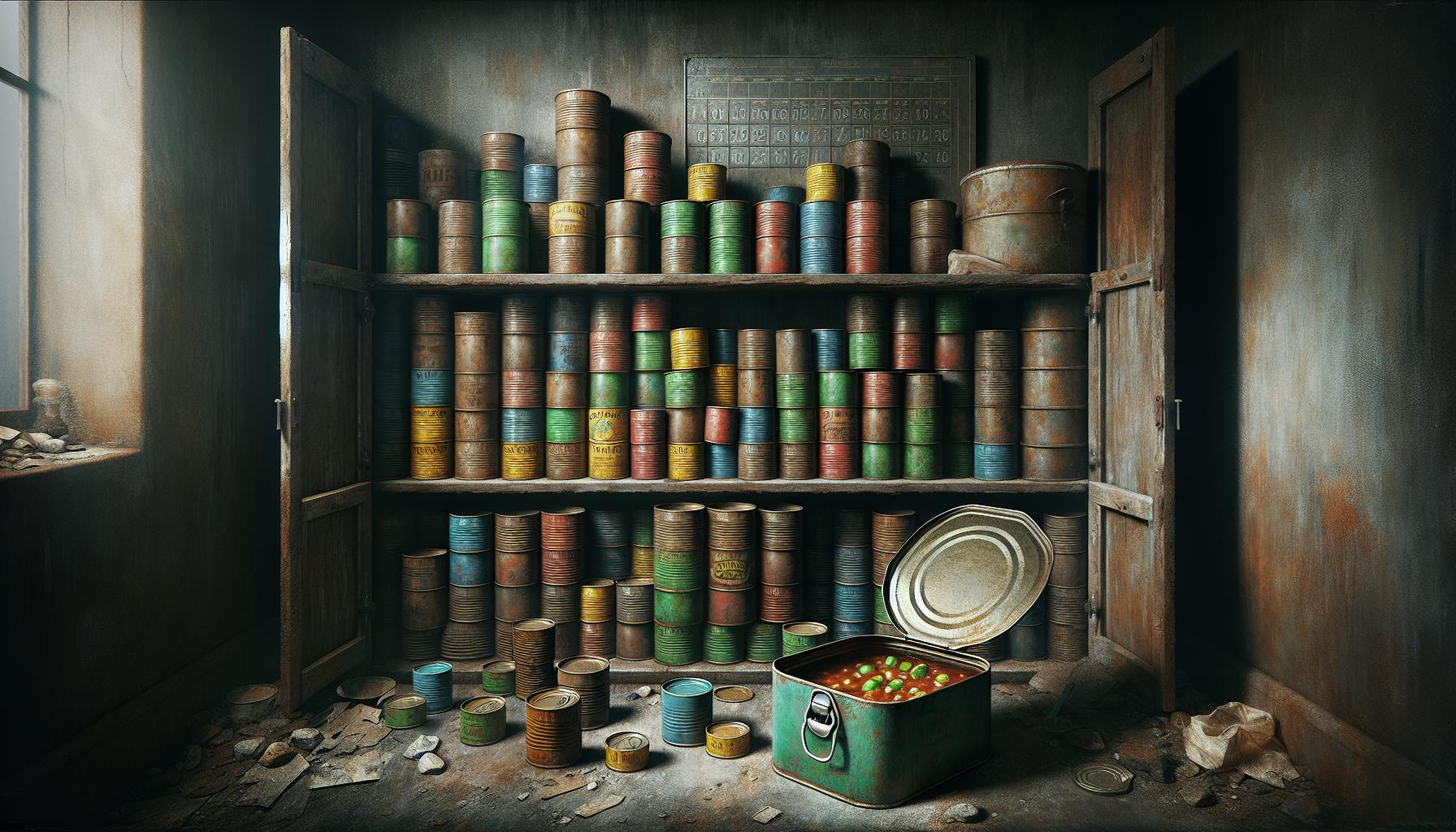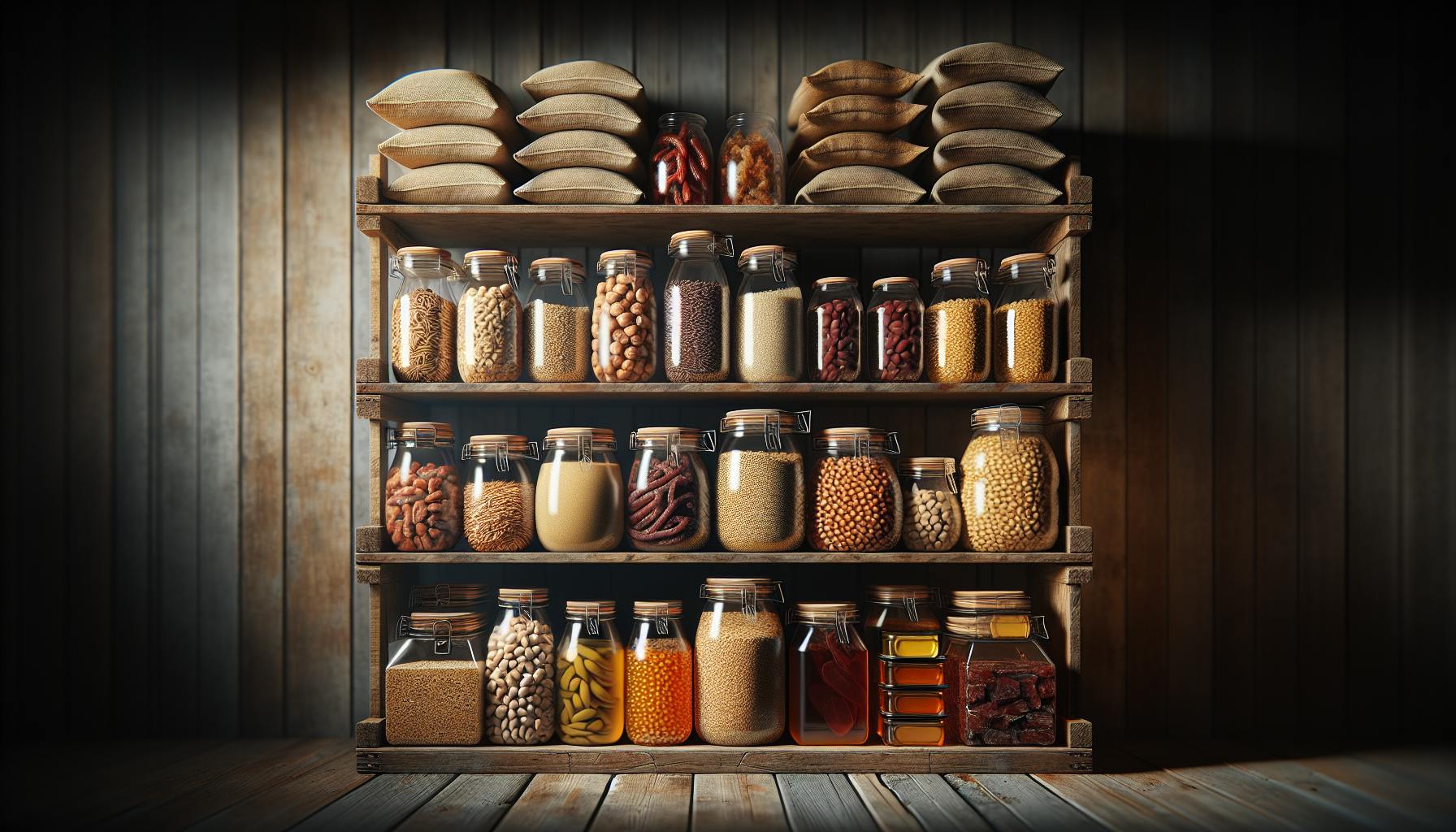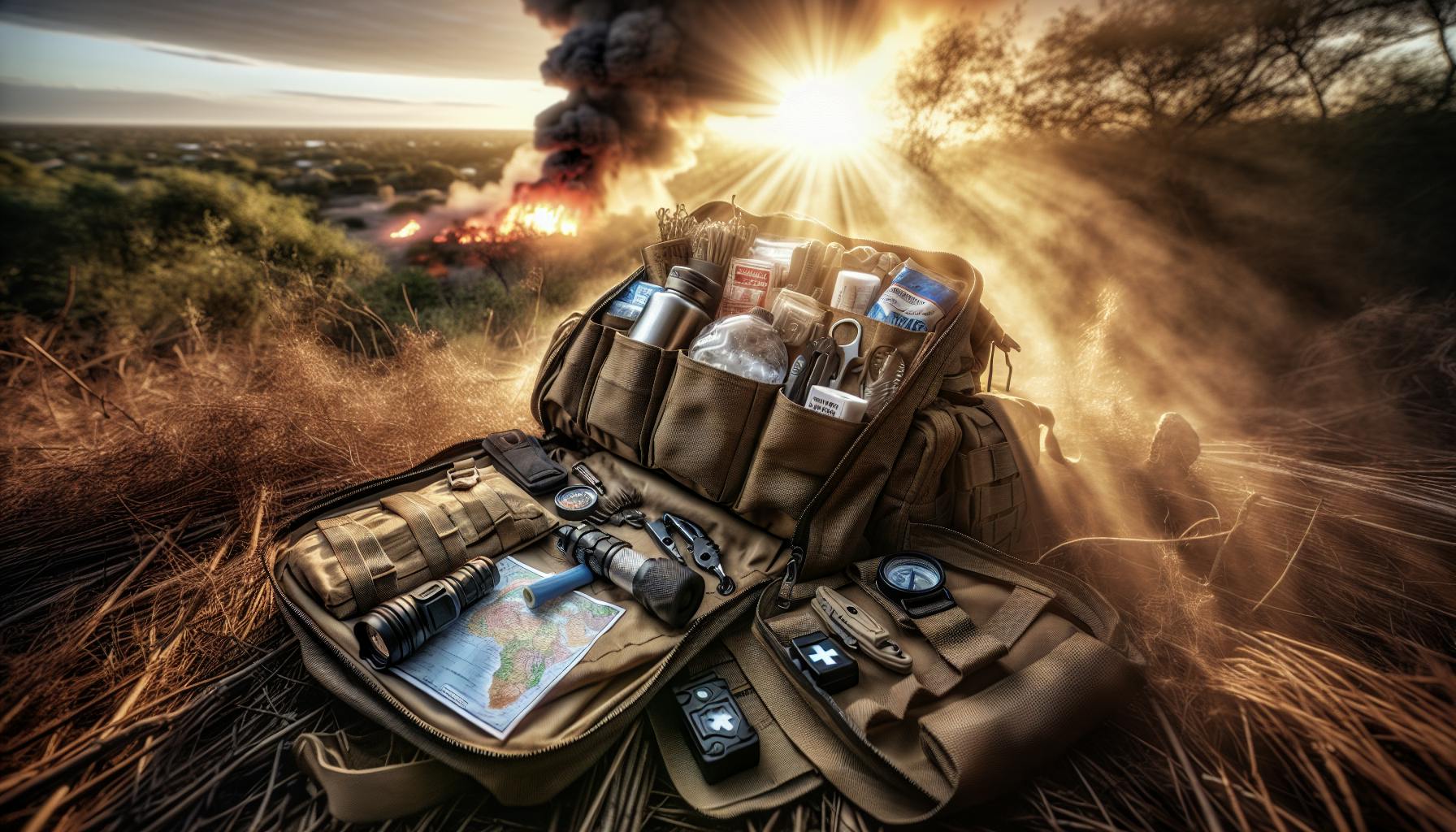Being prepared for any emergency is crucial to ensure the safety and well-being of yourself and your family. Having at least a 2 week supply of essentials on hand delivers peace of mind that you can provide for your household until regular services and supplies are restored. Natural disasters, infrastructure failures, pandemics, or other crisis events can happen suddenly, disrupting access to food, water, medical care and more. Creating a comprehensive 2 week preparedness checklist ensures your kit is fully stocked with supplies to mitigate risks and meet critical needs for health, safety, nutrition, sanitation, communication, and comfort during disasters. This article will explore the must-have categories and specific items to include in your 2 week preparedness kit.
Why a 2 Week Prep Kit is So Important
Experts recommend keeping at least a 2 week stockpile of essentials on hand for your household. This provides a buffer period to get through a crisis event until regular services, transportation routes, and supply chains can be restored. Having food, water, first aid items, tools, and other basics covered for 2 weeks delivers assurance that you can care for your family during disasters when stores may be closed, deliveries disrupted, or infrastructure like power and water compromised.
Emergency services and government disaster relief may take days or weeks to mobilize fully after catastrophic events. Preparing your own household to be self-reliant for 2 weeks ensures you can provide and care for loved ones until community resources and systems are back up and running. Customizing your 2 week kit to your family’s unique needs also provides comfort and confidence to get through disasters as safely as possible.
Food Considerations for 2 Week Prepper Checklists
Having at least a 2 week supply of non-perishable, shelf-stable foods provides a nutritional safety net if stores close, deliveries halt, or you need to evacuate quickly. The key is choosing calorie-dense foods that don't require refrigeration and have a long shelf life. Here are some specific food items that are ideal for 2 week prepper kits:
- Canned fruits and vegetables like peas, beans, beets, peaches, pears. Look for low or reduced sodium.
- Canned proteins like tuna, salmon, chicken breast packed in water.
- Canned chili, hearty stews, and soup with meat or beans.
- Canned beans like chickpeas, kidney beans, black beans.
- Peanut butter, almond butter, sunflower seed butter in vacuum sealed pouches.
- Whole grains like quinoa, oats, rice, pasta in airtight containers.
- Dried fruits like mango, pineapple, raisins, cranberries.
- Nuts and trail mixes high in protein and calories.
- Nutritious snack bars like protein bars, granola bars, cereal bars.
- Crackers, pretzels, cookies, nuts in vacuum sealed bags.
- Beef jerky or pemmican for protein and fat.
- Powdered milk, shelf-stable almond or soy milk in aseptic boxes.
- Comfort foods like coffee, tea bags, powdered cocoa mixes, sweets.
Experts recommend stockpiling at least 2000 calories per person daily for 2 weeks. That’s 28,000 calories total per person. Focus on foods your family already enjoys and can prepare with limited utilities if needed during disasters. Special diets can be accommodated by stocking up on suitable foods for allergies, diabetes, celiacs and other health factors.
Water Storage Tips for 2 Week Preparedness
Having ample water for drinking and sanitation is critical during disasters. Store at least 14 gallons per person for a 2 week supply. Consider bottled water in sealed 5-gallon jugs to prevent accidental leakage. For larger amounts, utilize food-grade water storage barrels designed for preparedness like the 55 gallon WaterBrick stackable drums. Always use containers rated for long-term water storage.
If storing water in plastic bottles, replace them every 6 months as plastic leaches over time. Keep water containers in cool, dark areas and never expose them to direct sunlight which can breed bacteria. Use water purification chemicals like bleach or water purification tablets from Katadyn as a backup. Water filters like the Survivor Filter straw allow drawing water from lakes or streams if pipes freeze or rupture. Proper water storage provides life-sustaining hydration when infrastructure fails.
First Aid Supplies for Your 2 Week Prep Kit
Having basic first aid knowledge and supplies allow you to treat injuries, infections, and illnesses at home when medical facilities are overwhelmed or inaccessible. Consider taking first aid, CPR, and emergency response training courses as well. Some key first aid items for 2 week kits include:
- Sterile gauze pads, roller bandages, medical tape, butterfly bandages
- Antibiotic ointment, hydrocortisone cream, antiseptic wipes
- Medical gloves, trauma shears, tweezers, safety pins
- Digital thermometer, cold packs, heating pads
- Medical reference guide like printouts from onlineMedicine.com
- Prescriptions including heart, cholesterol, diabetes meds
- Over-the-counter pain relievers, anti-inflammatories
- Antacids, anti-diarrhea meds, allergy meds, cough drops
- Any emergency medications like inhalers, epi-pens
Rotate medications frequently to ensure they don’t expire. Clearly label each medication with patient name, dosage, frequency, and prescribing doctor. Keep a list summarizing your critical prescriptions, their usage, and doctor contacts as a reference. Having basic medical knowledge and supplies provides confidence in managing health issues safely at home during disasters.
Essential Tools and Non-Food Items for 2 Week Kits
In addition to food, water, and medical supplies, 2 week prepper kits need other critical tools and non-food essentials like:
- Flashlights, headlamps, and extra batteries. Choose solar or hand crank options too.
- Battery-powered or wind-up emergency radio to receive public alerts
- Heavy duty multi-tool, pocket knife, hatchet, duct tape, tarp
- Waterproof matches, butane lighters, fire starting aids
- Toilet paper, paper towels, garbage bags for sanitation and hygiene
- Bar soap, toothbrush, toothpaste, dental floss, feminine products
- Cash in small bills, coins for vending machines if power out
- Paper maps, printed emergency contact info if digital access is disrupted
- Protective gear like N95 masks, work gloves, safety goggles
- Entertainment items like books, playing cards, puzzles
Tailor your tools and supplies to your family’s unique needs. Having these essential non-food basics covered provides safety, light, communication, hygiene, and protection during all types of disasters when utilities fail.
Efficient Packing Tips for 2 Week Kits
Use clear plastic bins, storage totes or duffel bags to organize your supplies categorically for quick access without rummaging. Label each container clearly as “Food”, “Water”, “Tools”, “First Aid” etc. Store kits in easy to access areas like hall closets, under beds, in basement storage rooms or garages. Install shelving units or storage hooks to neatly arrange supply bins for visibility.
Rotate stock routinely to keep freshness maximized. Mark expiration dates on containers with masking tape flags to prompt replenishment. Take inventory every 6 months and replace expired medications, food, and water. Keep an updated checklist of your supplies and their storage locations for easy reference. Proper organization and rotation ensures your critical supplies are protected and accessible when disasters strike.
Customizing Your 2 Week Kit to Household Needs
While the basic supply categories remain standard, you'll want to customize your 2 week kit based on the unique needs within your household. Tailor your stockpile based on ages, health factors, mobility restrictions, pets and other individual requirements. Have each family member build their own grab-and-go bag with 3 days of supplies tailored to their needs. Being prepared starts with an honest assessment of the food, meds, tools, and other items each person would truly need if caught away from your main supplies.
Key Locations for Storing Your 2 Week Supplies
To maximize access to your supplies, store them in multiple secure locations inside and outside your home. Consider climate control, discretion, sheltering vulnerabilities, and separation of flammables as you decide where to stockpile. Distributing supplies adds resilience if one area gets blocked off or compromised.
Safe at-home storage spots include under beds, in bedroom closets, inside utility closets, beneath staircases, in built-in nooks, behind furniture, or under sinks. For detached storage, utilize exterior sheds, garages, or underground caches for non-flammables like water barrels and canned goods. Offsite storage with trusted contacts or climate controlled storage units provides backup inventory if home access is lost. Outfit family vehicles with smaller go-bags. Having dispersed, redundant supply caches adds flexibility if your home is uninhabitable after disaster.
Key Takeaways for an Effective 2 Week Prepper Checklist
Preparing for at least 2 weeks of self-reliance provides security, resilience, and confidence to care for your family safely if disasters strike. Rotate and refresh stock routinely to keep supplies usable for emergencies. Customize kits based on each family member's needs and abilities. Store supplies redundantly across multiple secured locations to ensure access even if one site is blocked. Utilize your preparedness checklist to methodically stock up on the essentials for riding out crises. Investing time now to create a 2 week buffer of critical supplies delivers peace of mind your household can survive safely on its own when disasters disrupt normal services and systems.


